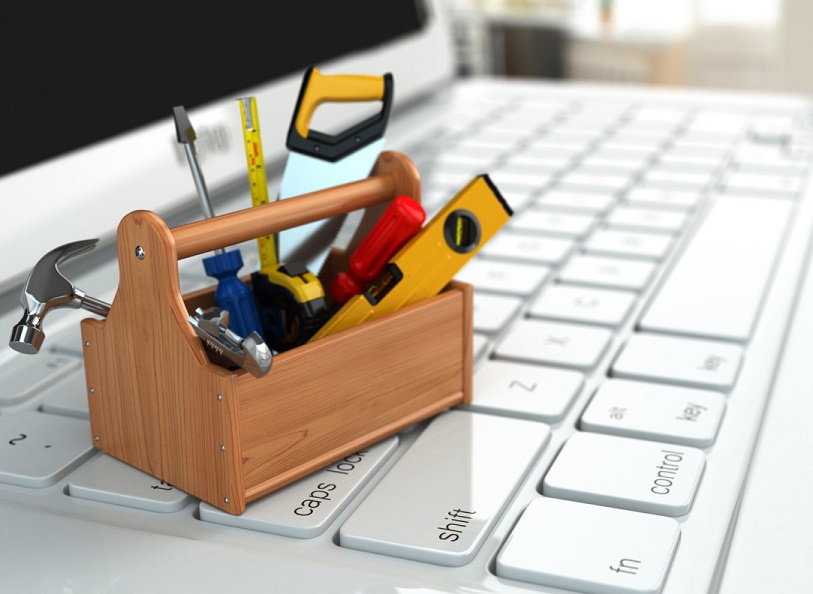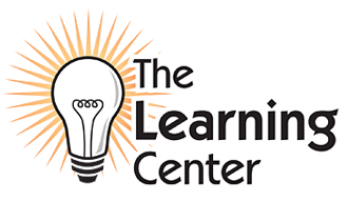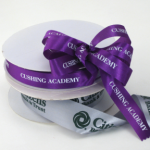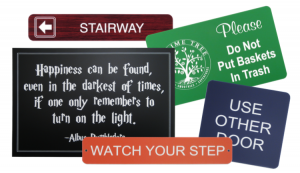Whether it’s using tablets in the classroom or providing visual aids for students to learn, every educator needs reliable teaching tools.
Learning is more effective and stimulating when you are using teaching tools that are already in front of you. It is up to teachers and other school staff to make sure that every student has the tools they need to learn. When students know what tools they have available and how each one works, they are more apt to pay attention, and in the long run, learn what they need to succeed.
Every lesson taught in a classroom will affect each student’s life. Whether it’s the immediate result of homework, or a life lesson learned while studying. And, when equipping teachers with the right teaching tools, these magical learning moments come effortlessly.
Teaching Tools
When you bring real things and authentic daily life situations into the classroom, listening becomes discovering, interest becomes wonder and passive learning becomes active exploration. Lessons come to life with touch, motion and sound. Teacher resources, insights from fellow educators and personalized support help you teach every subject, from reading to coding, in ways that kids really get.

Filling Your Teacher Toolbox
Veteran teachers typically already have their toolbox set up and rather full. They can be a great resource to new teachers and those that are still developing their teaching tools. And, isn’t that the main idea? To use every resource you can find? So, reach out to your colleagues for a bit of guidance in setting up your toolbox. This way, you are guaranteed to have aids and materials that are proven to work.
Other teaching tools you can add to your toolbox include textbooks, bulletin boards and even art supplies. Get the teaching tools that will stimulate your students. Whether that is a textbook or a box of ribbons, it doesn’t matter. Just know your tools and how to use them. Here’s a great example.
Roll with the flow in your classroom with custom ribbon rolls.
From creative bookmarks to classroom decorations, ribbon rolls are sure to prove useful. And, don’t forget to customize these ribbons. Add a room motto or a teacher’s name to each roll, then use them as a border for bulletin boards. Or, make unique gifts for each student to use throughout the school year. Custom ribbons are also perfect as thank you gifts for support staff at your school.
Using Old School Teaching Tools
Pen and paper are the simplest of tools you can have as a teacher. From making your students take notes to grading papers, that pen is mightier than any sword. Your pen can create so many worlds and provide a vast amount of knowledge. So, make sure that your students know how to use their pens to benefit their learning.
From writing things on a chalkboard (or whiteboard) to using index cards for studying, these tools are fit for every teacher’s toolbox. No matter the size of the paper or writing medium, use its space. And use it well. Bring your lessons to life with posters. Create a stimulating learning environment with colorful drawings and words that explain why you are using this teaching tool.
Other old school techniques include one on one time with each student. During an average day, teachers often don’t have time to speak individually with every student. But, it is crucial to make sure that each pupil knows that they are valued. Students thrive when their teacher knows what they are good at and how they may struggle. And, while you may not have time every day to reach out to every student, make it a point to reach out to a few of them each day.
Classroom Etiquette
Get to know your students before that first day back. If you need to, find their class picture from last year so you can know what they look like. Then, memorize their name and face. Every student is sure to feel shocked and pleased that you know who they are. They are also more likely to behave well when they know you are that observant.
Greet every student, every day. While this may at first seem daunting, your students are sure to see your effort to make them feel welcome. And with this comes the respect for your ability to see them as individuals. Some teachers go as far as creating secret handshakes with every student. While you don’t need to take that much time, make sure every student knows you respect them as a person.
Teaching Tools Should Include Technology
While most of the time technology use in the classroom is looked down on, from a teacher’s perspective, it can be useful. Take a classroom set of tablets, for example. By using these computers, you are encouraging the growth of young minds while they explore educational games or other monitored activities. Not only are the students learning how to use technology, but they are also learning concepts that need to be covered in school.
Often schools have computer time or classes they offer to the students. These classes teach students how to work with a world that is full of technology. So, while cell phones might be an unwanted distraction, having structured time on monitored technology can be helpful.
From learning about 3D printers and their uses to using immersive environments that only computers can supply, technology does have its place in the classroom. And don’t forget about online teaching tools. Use Google to teach students how to perform research for projects and online exploration. The internet is continuously helping teachers, so why not help students as well.
25 Teaching Tools For The Digital Classroom
The use of smart phones, tablets and other tech items in the classroom do not necessarily have to have a negative impact on student achievement. On the contrary, the increasing accessibility and growth of technology presents teachers with the unique opportunity to take advantage of those once distracting gadgets, and use them to facilitate academic achievement in new and innovative ways. In this capacity, teachers do not need to be constantly fighting for student attention, but can freely accept it, by introducing a new educational environment that will automatically encourage student participation.
Using Identification as Teaching Tools
From name tags to ribbons, custom identification is here to help every teacher create and sustain their toolbox. These items not only help with providing direction in the classroom or school, but they can also help with learning. Students can use name tags for a hands on approach to learning about colors, dimensions and so much more. Ribbons are perfect for creative projects. Use ribbons to create a bright and friendly environment for your classroom.
These are only a couple of items and ideas on how to use them. But, don’t forget that there are so many more options: signs, lanyards, plaques and badge holders. And each item has boundless uses. A teaching aid is a tool used by a teacher so that students can learn inside a classroom. So no matter what that tool is (example: ribbons), every teacher needs to know how to use it in multiple ways.
Upgrade your Classroom with Custom Signs
From bulletin boards to homework stations, signs are a convenient way to get decorating started. Use them to help students know where to hang their coats and backpacks. Place a sign on a desk for an easy sign in for volunteers in your classroom. They are also the perfect tool to help create order in the chaos of a supply closet.
Update your classroom’s look with new decorations using signs. Customize them with nearly any message you can think up. Add your favorite quote with a suitable graphic to hang on your wall. Or, create a custom sign to hang on the outside of your room door so others can enjoy it as well.
Teacher Specific Resources
Don’t underestimate the importance of attending professional development classes. They are there to help teachers in their progression toward a practical toolbox. These courses teach where to find teaching tools and how best to use them. Just remember that not all tools will work for every classroom. So, pick the tools that will work best for you and figure out the best uses for your students.
For your students to continue learning, as a teacher, you must also continue learning. When talent is shared or practiced, it becomes stale and useless. Expand your brain so that your students can expand theirs. Personalized learning is an essential part of engaging students. So, use your tools and make sure that your students feel valued in your classroom.
There is no doubt that these teaching tools play a prominent role in each student’s learning process. With more tools in your toolbox, the better your students will learn. So, what are the easiest ways to connect with students? Find the tools that work best for you and best for your students. These tools may work one way for one student and a different way for another. The important thing is to remember that each student needs a personalized education that only you can provide.
Other Online Resources
25 Great Online Education Tools Modern Teachers Love Using
Teacher toolboxes in the modern teaching environment are many and diverse. Most include trusted standbys like Evernote, Google tools, Edmodo, Wikispaces and others. Of course, everybody has their own favorite sites and tools, but the fact remains teacher toolboxes need terrific education tools. If you’re looking for something different, though, you might be interested in them.
A variety of tools can be used in the classroom to support student learning, ranging from traditional to high tech options. Examples include the whiteboard, index cards, posters, audience response systems (e.g., clicker technology), Google collaboration tools, 3D printing and wikis. Depending on course learning goals and outcomes, instructors may choose to use one or several of these tools to augment the teaching and learning environment in their classroom.
6 Cool Educational Technology Tools for Teachers
Educational technology tools hold great potential to improve the classroom environment. But simply adding them to your classroom isn’t enough — consider the context, your students’ needs and your reasons for wanting to use a particular technology.
Teaching Aids and Instructional Materials
Psychologists, designers, educationalists and many professors around the world work on improving the quality of education because a lot depends on the education of a whole generation. The resources a teacher uses while teaching play a role in how students learn. Motivation, stimulation, retention, interest, actionable learning, etc. can vary based on how the act of teaching occurs.


